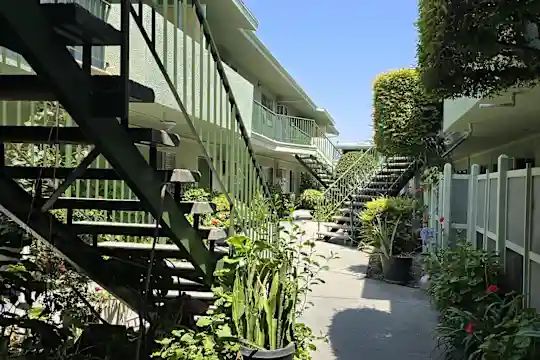Confidence among multifamily developers improved from a year ago but remained unchanged from the previous quarter, reflecting continued caution across California and the San Gabriel Valley. The National Association of Home Builders’ latest Multifamily Market Survey placed the Multifamily Production Index at 46 in the third quarter of 2025—six points higher than a year earlier, but still below the neutral mark of 50 that signals stability.
The modest gain suggests sentiment is improving as some developers see renewed demand for affordable and low-rise rental projects. Yet optimism remains limited due to high construction costs, financing hurdles, and economic uncertainty.
Low-Rise Projects Drive Modest Gains
Optimism was strongest among builders of low-rise rental and subsidized housing, including smaller apartment communities designed for working families in cities such as Baldwin Park, El Monte, and Rosemead. These projects often require less capital and shorter timelines, which makes them more resilient in a high-interest-rate market.
Mid- and high-rise developments, along with condominiums, continue to lag. Builders cite limited lending options and rising material prices as key barriers. A Baldwin Park developer said local costs for steel and labor “remain well above pre-pandemic levels,” delaying several projects that were slated to start this year.
In El Monte, local planners reported increased inquiries for adaptive reuse projects that convert older commercial spaces into housing. These smaller-scale developments appeal to investors seeking lower risk while helping meet the region’s housing needs.
Occupancy Softens as Supply Expands
The Multifamily Occupancy Index dropped one point from last year to 74, its lowest level in nearly three years. On a quarterly basis, occupancy declined eight points, signaling that new supply is catching up with demand. The shift may offer relief to renters in denser parts of the valley, where rent growth has slowed for the first time since 2022.
Analysts expect construction headwinds to persist through early 2026. Even so, the year-over-year improvement points to gradual stabilization, with smaller and affordable housing developments emerging as a bright spot for the San Gabriel Valley’s multifamily market.
For more details, visit the National Association of Home Builders at nahb.org.


